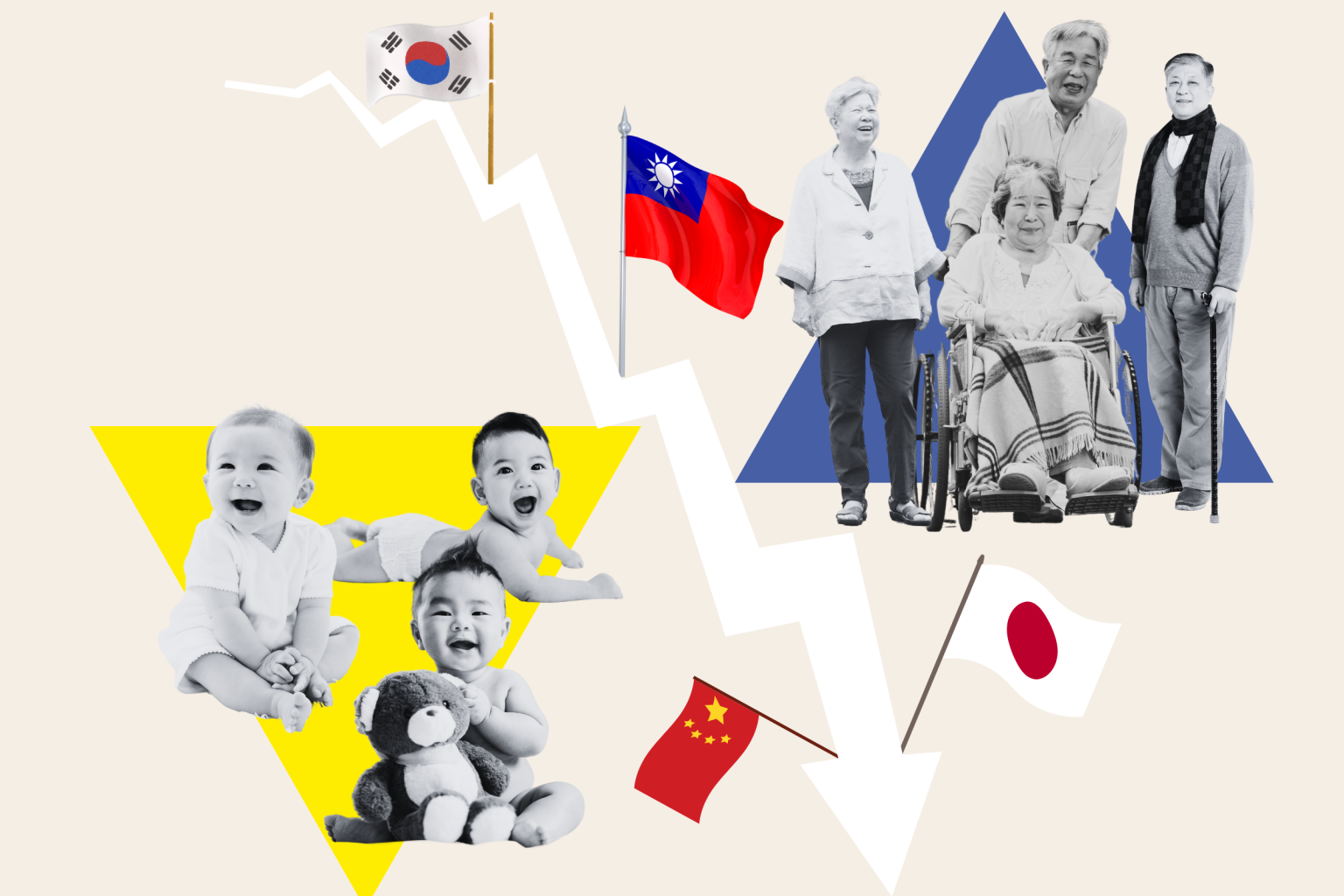East Asia’s four largest economies, including China, Japan, South Korea, and Taiwan, are facing a declining population that threatens their long-term competitiveness. This trend appears unlikely to be reversed through increased births, as fertility rates in the region continue to decline. The shrinking, rapidly aging populations in these countries lead to smaller workforces, higher dependency ratios, and increased pressure on public services and pension systems. Factors contributing to this trend include a strong emphasis on education, delayed marriage and childbirth, high urban population density, expensive housing, and historical policies such as China’s one-child policy.
Efforts to encourage child-rearing in these countries have included measures such as reduced education fees, improved maternity insurance, housing prioritization, and child care and childbirth subsidies. China, in particular, has made efforts to boost births following the end of the one-child policy in 2016. However, Yi Fuxian, a researcher at the University of Wisconsin-Madison, predicts that China’s fertility rate will struggle to stabilize around the 0.8-mark. With more deaths than births for the seventh consecutive year in 2023, China’s population is projected to decline, leading to substantial demographic shifts. Celebrity economist Ren Zeping has called for birth subsidies and extended maternity leave to address the issue.
South Korea, which has the world’s lowest fertility rate, has spent over $200 billion on initiatives to support new mothers and larger families, including cash subsidies, infertility treatment, and child care services. Some private companies have introduced additional incentives, such as offering monetary rewards for babies born. Immigration is another strategy employed by some countries to spur population growth, with Taiwan experiencing growth due to immigration despite a decline in its crude birth rate. Despite these efforts, the demographic crisis in East Asia remains a pressing issue with socio-economic factors not being in favor of a quick solution.
Overall, East Asia has the lowest birthrate of any region in the world, with China, Japan, South Korea, and Taiwan facing significant demographic challenges. Efforts to boost births through incentives, policy changes, and immigration have been implemented, but the long-term prognosis remains uncertain. The impact of declining populations on workforce, public services, and pension systems highlights the urgency of addressing the demographic crisis in these economies. While countries like China are making efforts to address the issue, the complex interplay of socio-economic factors continues to present challenges in reversing the trend of declining population growth in East Asia.








